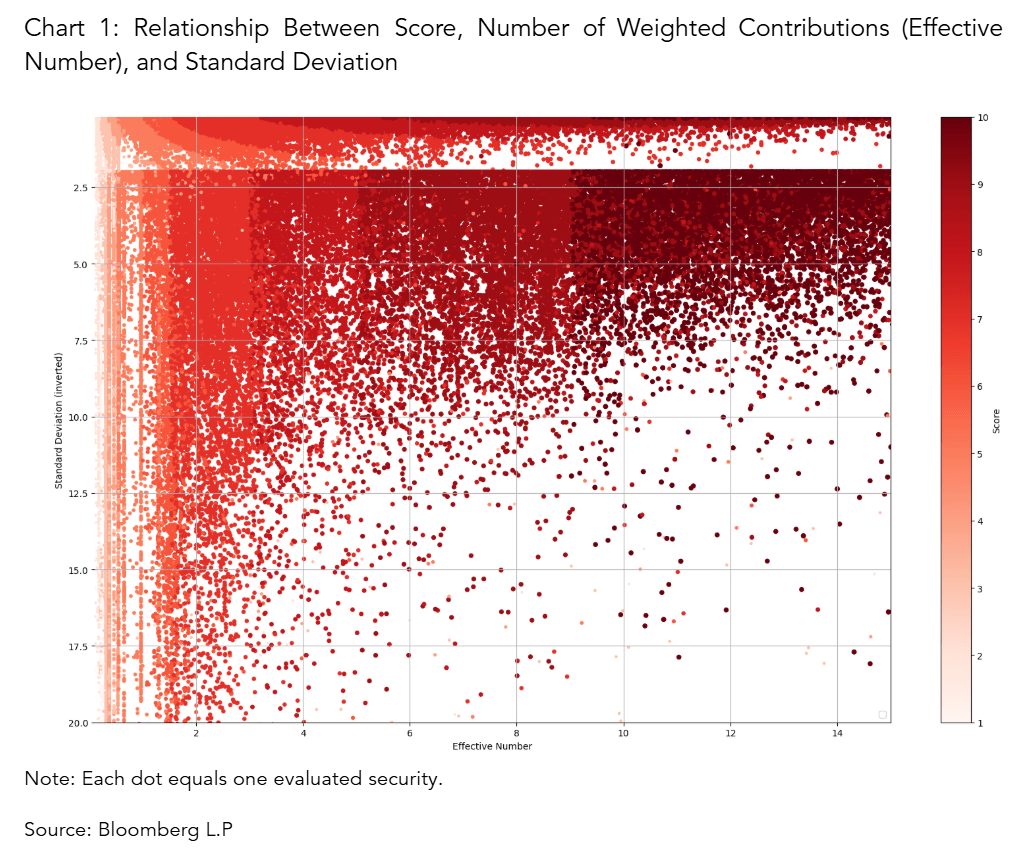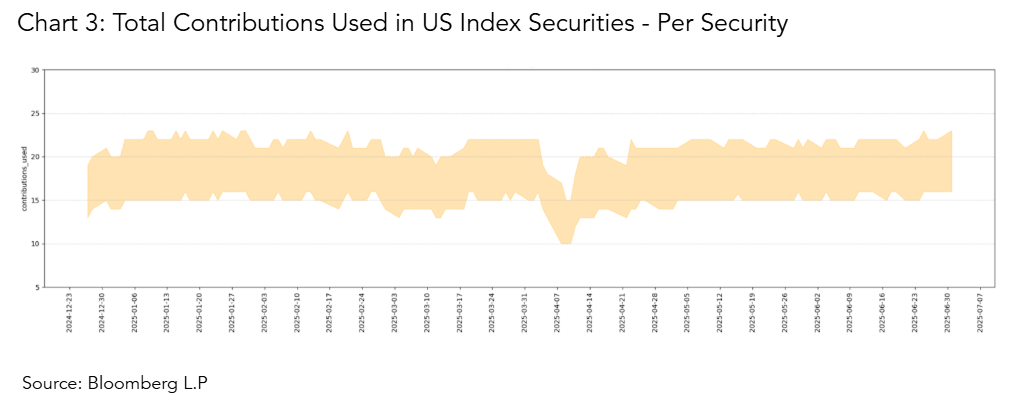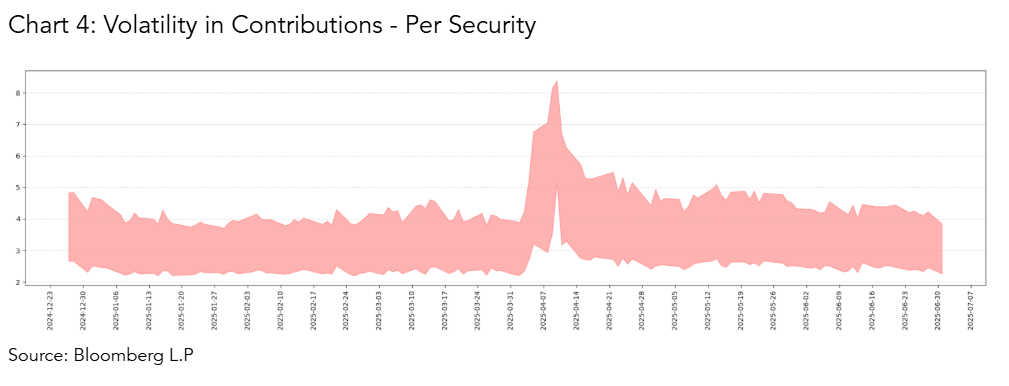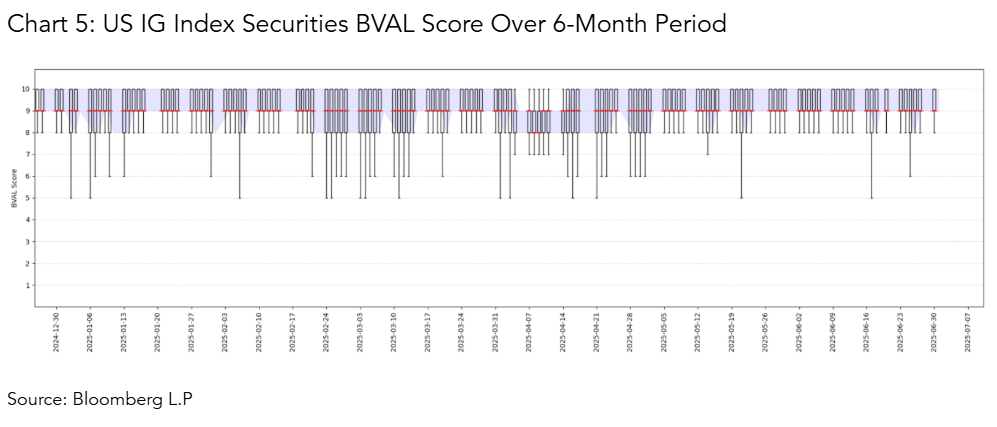Bloomberg Professional Services
This article was written by Bora Dirik, Product Manager, BVAL End of Day Liquid Credit and Government at Bloomberg.
Turbulence has defined the start of 2025, as global markets faced a spike in volatility and significant volume increases across asset classes. From the lingering effects of geopolitical tensions to unexpected shifts in policies, investors have been navigating a truly unpredictable landscape. This isn’t just about minor jitters; we’ve seen everything from sharp equity market corrections to sudden movements in commodity prices, all contributing to a sense of unease. Investors, particularly those managing large portfolios of fixed income securities, are keenly aware that the prices are constantly reacting to a complex interplay of factors.
PRODUCT MENTIONS
In such dynamic conditions, simply looking at an evaluated price isn’t enough. Therefore, fixed income investors are seeking clarity that goes beyond surface-level valuation. This article looks at how transparency can be achieved with measures like the BVAL Score to help risk managers, portfolio teams, and governance leads assess the strength of the data behind the valuation, especially when market conditions are in flux.
Zooming in on transparency
Firstly, let’s look at what price transparency measures mean using the example of BVAL Score. Bloomberg Evaluated Pricing Service (BVAL) is a proprietary metric that signals the relative strength of the market inputs used to produce an evaluated price. While not a measure of pricing accuracy, the BVAL Score is a highly useful indicator of used data abundance and its concentration.
Within a range from 1 to 10, higher scores reflect more corroborated and consistent market data. A lower score does not necessarily indicate a poor price, particularly when pricing is based on high-quality comparables, but instead signals reduced direct observation or greater variability in observed inputs. For an in-depth look at BVAL Score click here.

Securities with a higher number of reliable observations and lower dispersion tend to achieve higher BVAL Scores. This confirms that the Score reflects the underlying market agreement, not price validity.
Tracking shifting market inputs
To show how the BVAL Score provides price transparency in practice, we looked at US investment-grade corporate bonds in the Bloomberg U.S. Corporate Bond Index (LUACTRUU, calculated by Bloomberg Index Services Limited “BISL” ) across a six-month period, to paint a picture of the magnitude of the market turbulence and read through BVAL metrics.
During the week of April 7th, volatility in index-eligible U.S. investment-grade bonds nearly doubled and remained elevated for several days before settling at a higher plateau. While the number of contributing sources remained stable, continuously hovering at 70 handle.

Although the total contributions showed no significant change, we observed a notable drop in the number of corroborating contributions, which fell from its average of 18 to 12, before bouncing back to its usual levels.

This shift highlights that volatility did not necessarily reduce market participation but did erode market consensus at a certain price level.

As dispersion among observations increased, the agreement around specific price levels weakened, BVAL Score reflects this loss of alignment. Score for these securities temporarily pulled back before rebounding, a reflection of the same data dynamics observed in tick count and contributor activity. This shift was not due to valuation instability, but rather to changes in the underlying market inputs, as consensus among available observations weakened despite steady contributor activity. The deviation was primarily influenced by a noticeable increase in the volatility of market observations, coupled with a decline in the number of corroborating observable market inputs.

These dynamics underscore how the BVAL Score reflects changes in market depth and consensus. When liquidity tightens, observed trades and quotes tend to fragment or in some cases vanish entirely reducing both the quantity and consistency of data that support pricing. BVAL Score captures these subtle but important shifts, alerting clients to moments when pricing may rely more heavily on less direct or more varied market inputs.
Interested to learn more about using IBVAL for your pricing needs? Click here.
